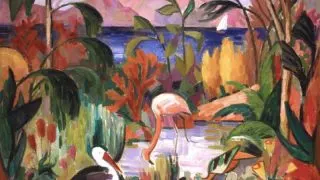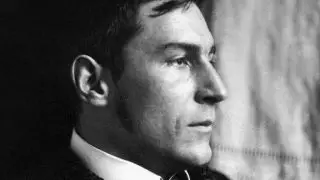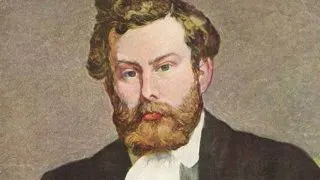Croatia is a country located just east of Italy and is separated from it by the Adriatic Sea. The Romans were the first to urbanize this region in the 3rd century B.C. Since the Middle Ages, the art movements in Croatia very much followed those in other parts of Europe. Romanesque and Gothic art was …
Renita Shelley
The 16th century was an important transition period in the history of art. Many young aspiring artists believed that everything in art had already been achieved. You can’t really blame them because Mannerist artists had to walk in the footsteps of the likes of Leonardo da Vinci, Michelangelo, and Raphael. One of the painters who …
Pre-historic rock paintings and other types of artworks have been found in Finland, a Scandinavian country in northern Europe. The Elk’s Head of Huittinen is a specific work of art that was found in modern-day Finland that is believed to be between 8,000 and 9,000 years old. This was long before the Royal Academy of …
When Impressionism emerged in the 1860s, it became an art movement that revolutionized the history of art indefinitely. It sprung from the Realism movement and Impressionist artists never detached from depicting subject matter in a representative way. This all changed in the first years of the 20th century when a group of artists radically changed …
The years before the outbreak of World War I was an exciting time in art history as many revolutionary new painting techniques and styles were developed. This also applied to Germany where a German artist developed a color theory that shocked the art world for multiple decades. Franz Marc (1880-1916) was an Expressionist artist who …
Art in the region that covers modern-day Colombia has a history that goes back thousands of years. Pottery and ceramics dating back to 3100 B.C. have been found at an archaeological site called Puerto Hormiga near the Caribbean Coast. Art became much more sophisticated over the centuries n the form of goldwork and sculptures. Quimbaya …
The Impressionist art movement was one of the precursors of modern art, but several artists of the 1870s and 1880s became dissatisfied with it. The natural depiction of light, trivial subject matter and the disjointed compositions of Impressionist paintings were rectified as Post-Impressionist artists emerged in the mid-1880s. What is Post-Impressionist Art? What are some …
Born and raised in Paris, this English artist only spent brief periods in his native country as he lived and worked most of his life in France. Alfred Sisley (1839-1899) was one of the leading Impressionist artists of the 19th century and his entire oeuvre almost exclusively consists of landscape paintings. The beautiful French landscape …
One of the most important art movements in the history of art emerged in France in the mid-19th century. Several Impressionist artists broke away from conventional academic art. They were heavily criticized but kept on going and transformed the direction of the art timeline radically in the 1870s and 1880s. The fact that the name …
Producing Neoclassical paintings at a time when Modern Art was taking over is one thing. Having a family who doesn’t agree with your career choice is quite something else. These were the two harsh realities of English artist John William Godward (1861-1922), a man who could have become the greatest Neoclassical artist of his time …










